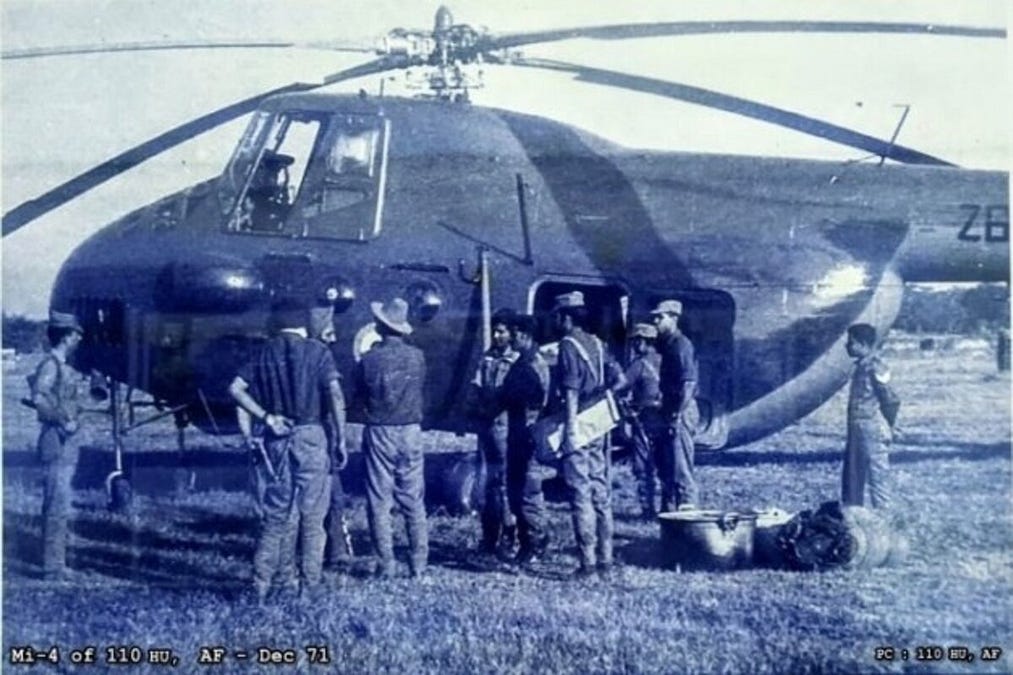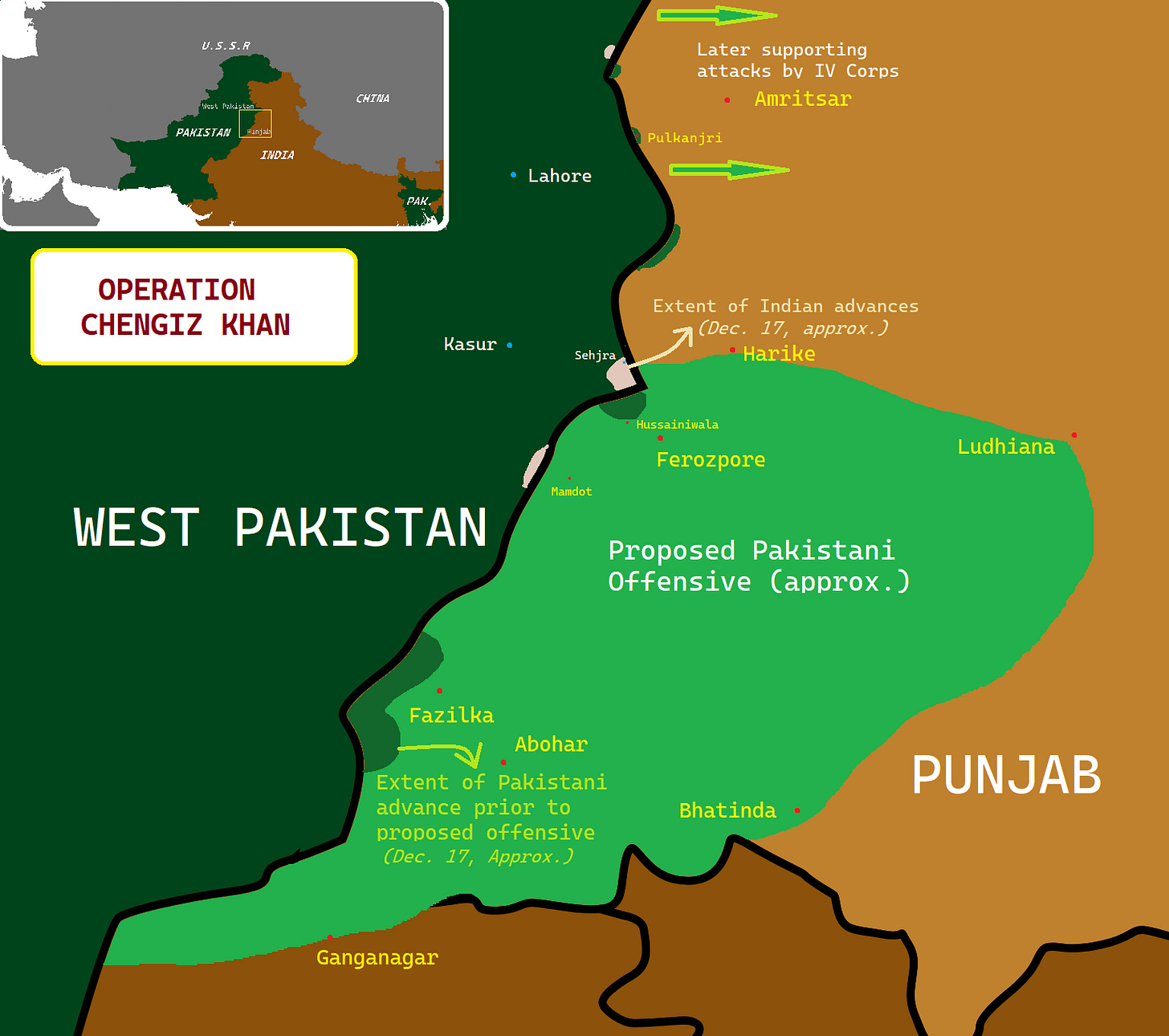My Family Connected to History
Part 1 of History Reflection Series: My Grandfather in the War for Bangladesh
Alola!
Sorry for the long break between posts. Today, I have a very special post: as a part of one of my projects in my AP World History class, we had to connect someone in our family tree to a world development. I hope you enjoy, and comment below a member in your family who’s connected in world history!
My grandfather, a Wing Commander in the Indian Air Force, played a small but important part in the Indo-Pakistani War and the Bangladesh Liberation War of 1971. Although he never talked much about it, I was very interested to learn the details of his career as a military helicopter pilot in the late 20th century part of the Indian military from 1966-1996. In particular, he recently recounted some details of his important role in securing supply routes and deliveries.
The 1971 war began when Pakistan launched preemptive airstrikes on Indian air bases, called Operation Genghis Khan, prompting a swift IAF response. By December 4, Indian jets had begun the massive retaliation, supporting the Bengali militias and bombing cities, securing air dominance. My grandfather’s detachments operated in this vacuum, facilitating logistics for troops and aid: a very important role.
I am lucky to have his very own personal account of his role in this important war: His job was to coordinate the safe takeoffs and landings of the IAF aircraft flying into newly liberated areas. Once Pakistan’s Air Force in the east was demolished, his forces moved from India into Chittagong and Jessore, and eventually one unit relocated to Dhaka. He even had a light aircraft under his command to oversee these operations directly!
On the day Pakistan officially surrendered in Dhaka, December 16 1971, he was stationed in the city. He told me how he remembers walking through the crowded markets, where Bangladeshis greeted Indian soldiers with open arms, offering flowers and thanks. That welcome showed him how deeply the local population appreciated India’s intervention—not only as a military victory but as relief from months of fear and violence.
He also tells me of his visit to a prisoner-of-war camp holding around 91,000 Pakistani soldiers who had laid down their weapons. Curious about their mood, he spoke to several men and found them full of praise for their treatment. They told him they were allowed to write letters home, their mail was delivered regularly, and their living conditions were far better than they had expected. Some even told him how they wished the officer community in India was better than their superiors in the Pakistani army! Further, he recounted how the surrendered soldiers told his units that they were afraid to leave their quarters during the conflict, after hearing stories of widespread atrocities—destruction of villages, torture, and mass abuses carried out by the Pakistan Army against Bengali civilians.
Hearing this story immediately brought to mind Unit 9 of AP World, set against the backdrop of the Cold War and revolutions. In this case, this war was the culmination of the India-Pakistan rivalries and the revolution of one of the most populous countries in the world, Bangladesh.
I’m proud that this family story connects us to the larger history of the war. The Bangladesh Liberation War was more than a clash between two random armies: it was a glorious revolution after years of political oppression, mass displacement, and human rights violations. India’s military intervention, including the work of my grandfather’s detachments, helped bring an end to the violence and made room for humanitarian aid from the UN.
So, what do you think? It was a fun activity and stay tuned for the next parts, where I do further reflection on this year!
Sayonara, from KidLokSe!







